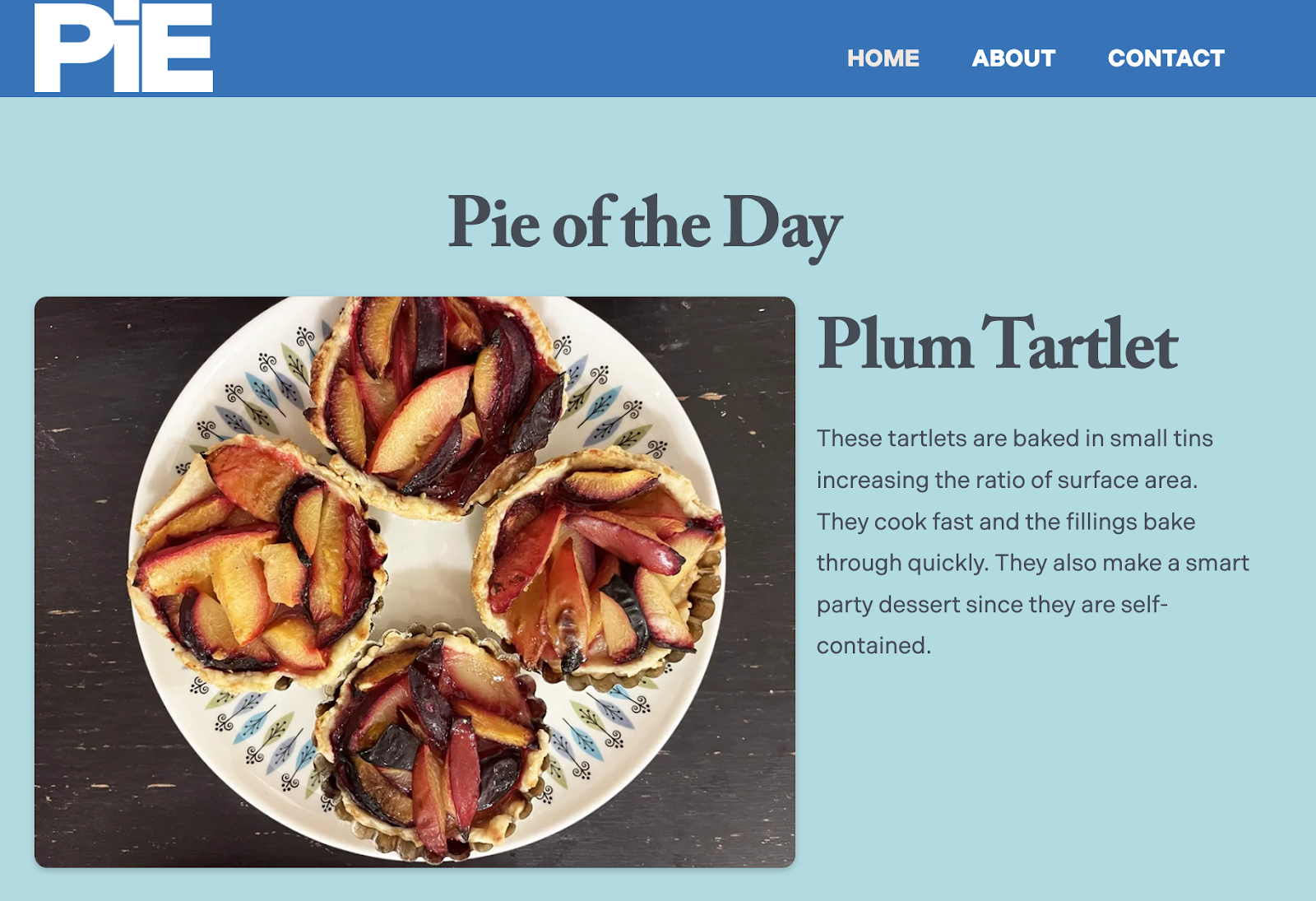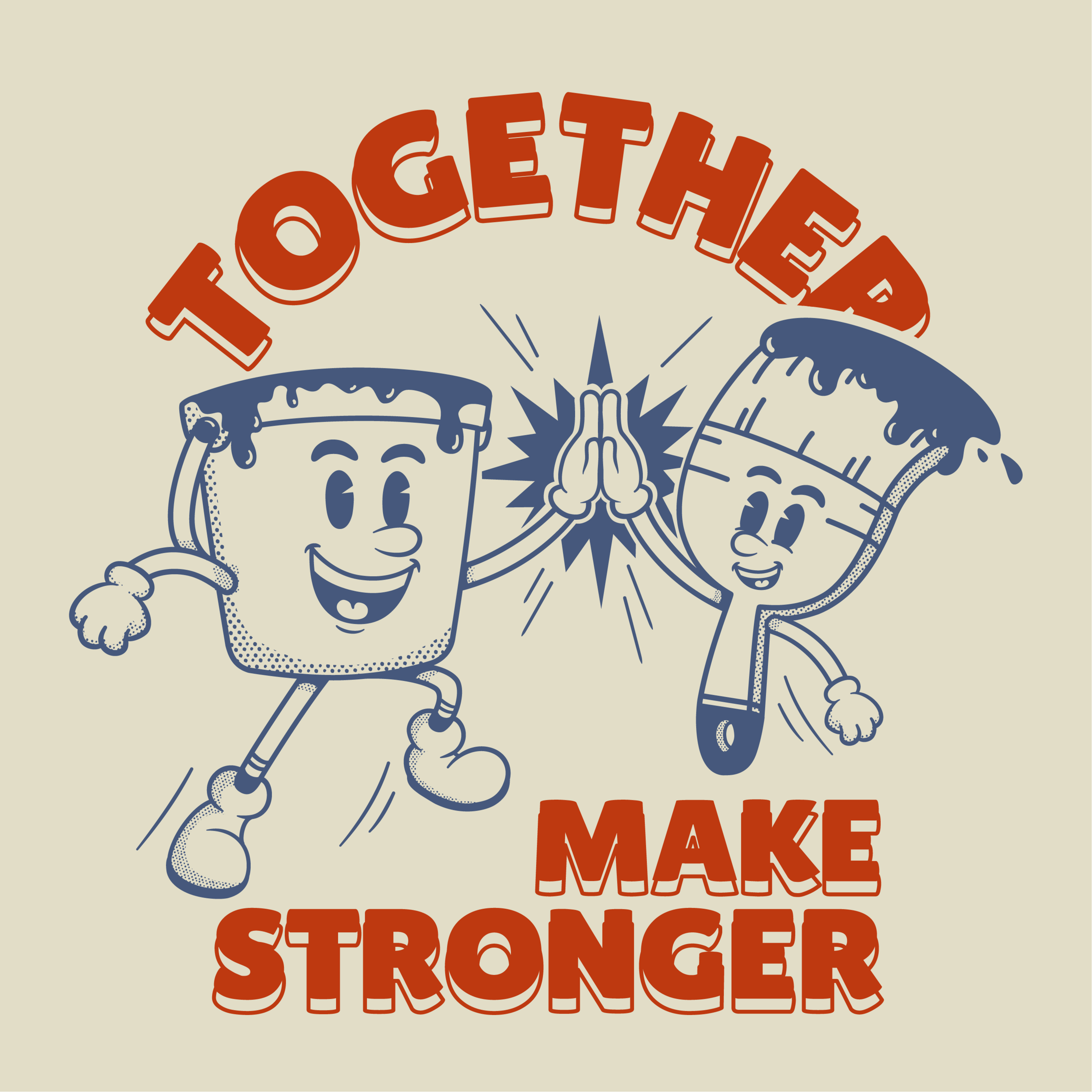We humans like to explore for exploring’s sake. We’re pleased when we find an unexpected beautiful thing, and we feel a sense of satisfaction when we “discover” something that’s not immediately obvious to the casual observer. People want to spend time in environments where these opportunities are available—which is something to consider when building (or updating) your website.
The New York Times had this exact tendency in mind when it bought Wordle, the viral game that brought tens of millions of new visitors to the NYT’s website.
Obviously, that’s an impressive number. But the NYT didn’t pay the game’s creator millions of dollars just for an ephemeral traffic bump. On average, those new visitors took at least 3-4 rounds to solve each puzzle. And a huge percentage of them returned day after day to see what the next Wordle would be.
This had a number of benefits for the Times, such as:
With the right analytics tools, all these benefits can be quantified. And the Times’ SEO—i.e. how prominently its pages are displayed in Google search results–certainly enjoyed a countable boost as well.
What’s harder to capture, but equally valuable, is how adding a silly little game made visiting nytimes.com more fun.
Your audience exists in a world that fetishizes efficiency and minimalism. They spend their days in physical worlds that have been stripped of ornamentation, and digital ones that are designed to move them through the sales funnel as quickly as possible. They grasp this on some level, even if they can’t articulate it.
So when you present their brains with some fresh stimuli, they appreciate it. And then they want more.
We recently saw this phenomenon in action when updating a client’s website. They wanted to add something new to it, though they didn’t have a firm idea of what that was. So we suggested an interactive map that showed all their projects around the world. The map would be dotted with graphic pins, and as you moved your cursor around the continents, you could click on each little picture to be presented with a story about the place, the project, and the people who were helped by it.
At first, the client was skeptical. They believed, correctly, that it would be simpler and faster to just create a static table showing the projects and their impacts. They were especially dubious about the cost. Extra bells and whistles tend to be expensive, after all; just look at Wordle.
So we explained that adding a “fancy” feature like a clickable map is actually quite affordable when done by an agency whose fees aren’t bloated by lavish salaries for do-nothing executives. (In case you’re curious, the software to create the map costs less than $200 a year). Then we asked them to play around with another site’s interactive map, and tell us how they felt after.
That firsthand experience sealed the deal. For people who’ve grown accustomed to being a passive consumer of information, something as simple as moving their mouse around and clicking on visually pleasing graphics can be invigorating.
As Wordle shows, there’s a straightforward business case for adding a dash of fun to your website. There’s also a more Rube Goldbergian human case for doing so. Combine the two, and you have a recipe for delighting your audience.
P.S. If you have a few spare minutes today, you might enjoy visiting https://www.pisanoslater.com/ and hunting for our secret Pie of the Day page.

Because the last word is rarely the end of the conversation.
Much like penguins, we enjoy bringing you little gifts to show we care:
The Onion is accepting applications for its 2025 Writing Fellowships and we’re already intensely jealous of everyone who is accepted.
Vu Le, creator of the popular/excellent blog Nonprofit AF, is launching a nationwide tour for his one-man show about the beauties and absurdities of the nonprofit world.
You’re never too old or too busy to enjoy a short video of an octopus riding a shark.

If the 2010s were an era of diversity in media, the 2020s are one of consolidation. This presents obvious challenges when trying to get small or medium organizations mentioned in the news. Success depends on riding the waves that already exist, instead of trying to make new ones.
Press releases sometimes feel like relics from a simpler, more innocent time. Much like fax machines, most people are aware they continue to exist. What’s less clear: who actually uses these things in 2025? And for what purpose?

The ability to not sound like you were just lobotomized by a team of nonprofit execs with MBAs has become a way to stand out. It's “riskier” in a sense, because it’s easier for people to tell what you’re actually saying—and potentially criticize it. On the other hand, nobody’s listening to the jargon jockeys anymore.

When we founded this agency last year, we had a pretty straightforward idea of how we’d run our business: do good work with our own hands, communicate honestly, and treat people fairly. We thought this would be the simplest path to earn a decent living and contribute something to human society. After a year of this experiment, here’s what we’ve found...

Working with people you think are interesting is good for your own personal and career growth. If their ideas are good enough to work on for free, someone will eventually pay them for that, and you’ll have forged a professional relationship—or better, a friendship—with someone smart.

There’s nothing wrong with media outlets exploring new revenue streams, and newsrooms are always fluctuating in size. But outlets can only hollow out their core product so much before it collapses entirely, and a growing number of media organizations seem to be reaching that point now. Live events are not going to save them.
Comms agencies that are good at their work tend to be curious and resourceful. We can’t pretend to be ignorant about the people and products we’re telling the public to trust. In all but the rarest cases, the agency knows what it wants to know. Business is never as pure or idealistic as we might want it to be. It does have ethical boundaries, though, and these are especially important at inflection points like the one we’re in now.
We humans like to explore for exploring’s sake. We’re pleased when we find an unexpected beautiful thing, and we feel a sense of satisfaction when we “discover” something that’s not immediately obvious to the casual observer. People want to spend time in environments where these opportunities are available—which is something to consider when building (or updating) your website.
Nonprofits shouldn't have to beg for funding to provide vital services. But with federal funding suddenly scarce—and thousands of organizations scrambling to attract attention from the big donors that remain—a new kind of comms strategy is needed.

The platform doesn't drive traffic to your site. The ads don't convert. And these days most of the "engagement" comes from spam bots or virulent bigots. It's time to move on from Twitter—but to where?
Everybody loves talking about the importance of "storytelling" for building your organization's name recognition. And it really can work—but it requires more planning and effort than firing off the occasional blog post or Instagram post.

If your nonprofit or small business has a clear message to share about a concrete goal it wants to achieve, video can do that better than any other medium—if it's done right.

Today, even a glowing review in the New York Times doesn't move the needle that much. Getting people's attention takes a more creative approach. And it all hinges around owning the means of (content) production.

In the inaugural issue of A Better Way to Say That, we explore important questions like why does this newsletter exist? and why does PSE exist, for that matter? We also share a roundup of exciting new book launches, events, and job postings—along with perhaps the most effective fundraising email ever written. As far as business-y newsletters go, it's a fun read!


